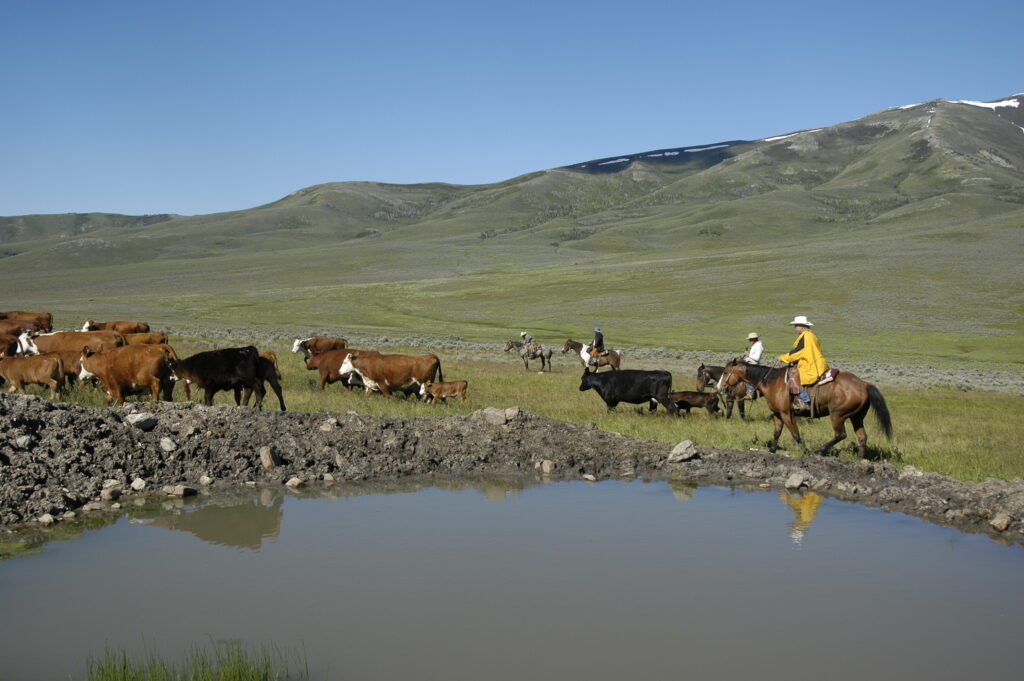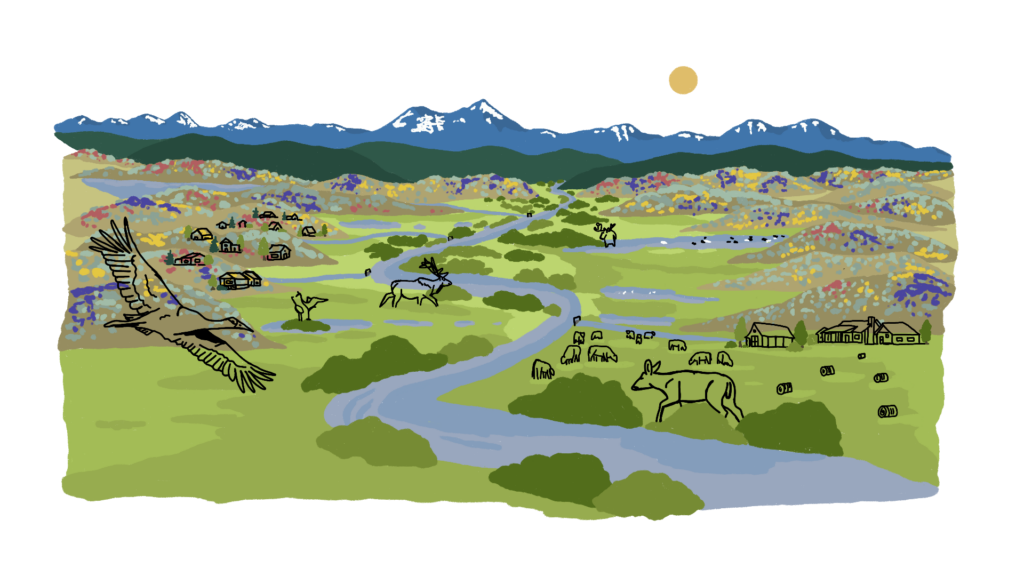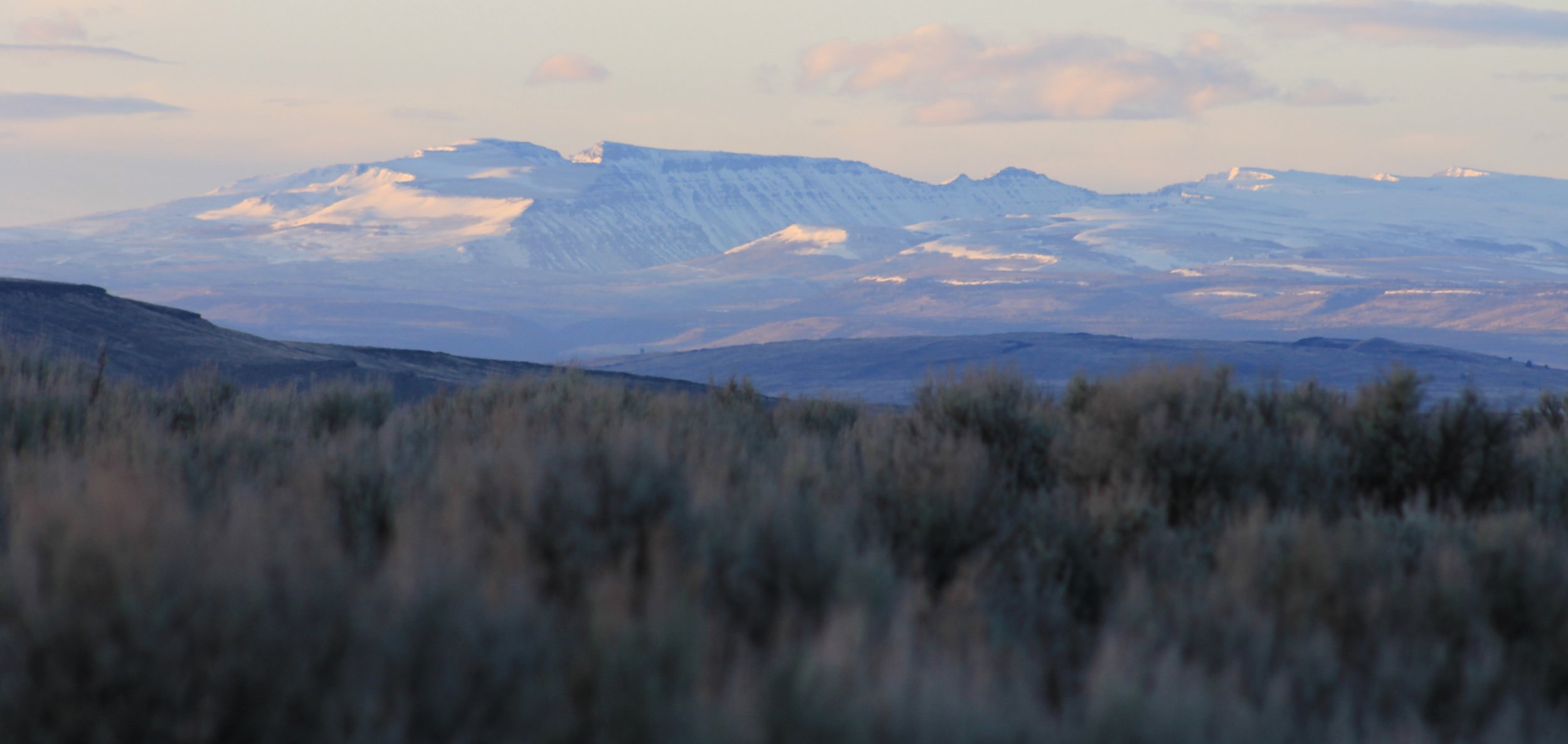
Carbon sequestration is a topic circulating widely throughout the conservation community. Rangelands are coming into the carbon spotlight due to their sweeping extent and because they store relatively more carbon in soils than forests. The importance of keeping carbon out of the atmosphere is widely understood, but breaking down knowledge on how to protect carbon already stored in our ecosystems into actionable practices can be more difficult. Through the Storing Carbon in Sagebrush Rangelands report, the IWJV aims to translate this science to an applicable scale for land managers and others across western rangelands.
Mariah McIntosh is a Technical Transfer Specialist with the IWJV and authored the full Storing Carbon in Sagebrush Rangelands report. “Understanding the science behind carbon storage in rangelands will be paramount when using targeted management practices to protect critical carbon stored in soils,” she says.
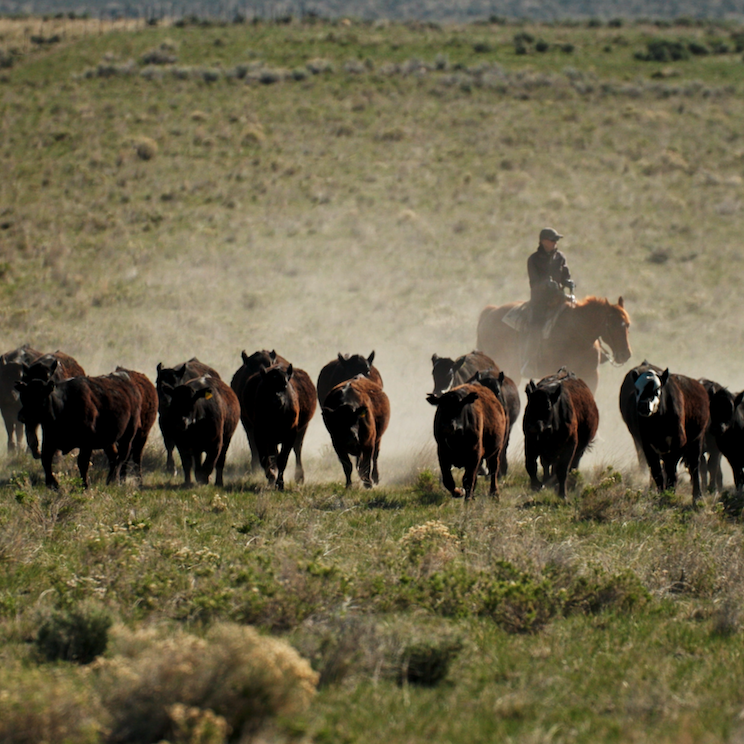

How do Rangelands Store Carbon?
“Rangelands store most of their carbon in the soil in the form of soil organic carbon (SOC)”
Unlike forested landscapes where carbon is predominantly stored short-term in aboveground plant biomass, rangelands store most of their carbon long-term in the soil in the form of soil organic carbon (SOC). Both the arid uplands and wet meadows found within the sagebrush biome have the ability to store carbon in the form of SOC, with wet meadows storing more carbon proportionally than arid lands. However, rangelands sequester new carbon at a relatively slow and variable rate, so what is currently stored in rangeland soils has been sequestered over much longer timescales. As such, in rangeland systems, protecting stored carbon rather than sequestering new carbon should be the focus of management efforts.
Threats to Stored Carbon in Rangelands
Rangelands are rapidly changing due to several major threats that not only impact plants, wildlife, and western communities, but that jeopardize stored carbon across this landscape. These main threats are:
Fire and annual grasses
Cheatgrass is bad business for rangelands in more ways than one. Not only do cheatgrass and other annual grasses displace native vegetation, but they also have an increased risk of further carbon loss due to fire. Current research on cheatgrass and SOC has indicated that invading cheatgrass results in a loss of SOC from the landscape.
Loss of wetlands and wet meadows
Despite their relatively small extent, the vibrant ribbons of green found throughout rangelands that make up wetlands and wet meadows have a disproportionately high value for wildlife while also storing a higher amount of carbon in the ground than adjacent arid land. Diminishing wetlands across the Intermountain West is bad for wildlife, bad for people, and bad for carbon storage.
Overgrazing and soil erosion
Overgrazing has been shown to lead to soil erosion and a loss of carbon from the soil, particularly in arid landscapes.
Conifer encroachment
Research generally suggests that overall carbon may be lost in areas where woody species are encroaching, however research in this area is currently limited, and more work is needed to understand variable responses. However, woodland management is important for the restoration of sagebrush ecosystems.
Land-use conversion
The conversion of sagebrush rangelands to croplands and development results in significant loss of SOC. Even with restoration efforts, reaching previous levels of stored carbon can take hundreds of years once the original landscape is converted.
Opportunities to Protect Stored Carbon in Rangelands
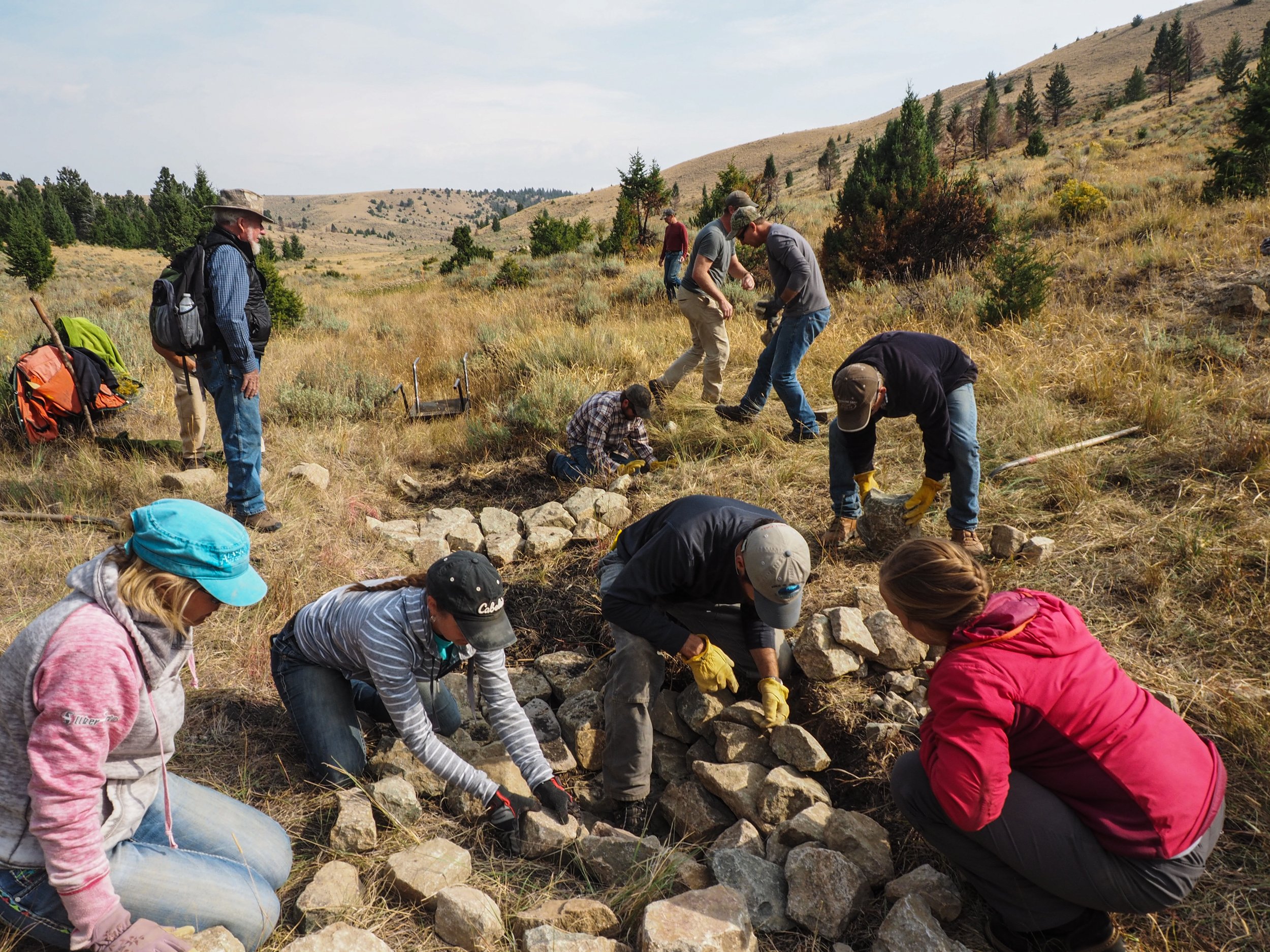
The threats listed above each come with consequences not only for stored carbon, but for wildlife, rangeland health, and the livelihoods of those living and working with the sagebrush biome. Thus, the right practices, when implemented in the right place, can address threats to stored carbon in addition to threats to wildlife, ecosystems, and livelihoods. Here are some opportunities we’ve identified:
- Addressing cheatgrass across western rangelands and boosting resiliency in areas where annual grass invasion has not yet occurred will be critical to protect currently stored carbon and break out of the devastating invasives-fire cycle.
- Protecting and restoring wetlands and wet meadows within the sagebrush biome can help protect proportionally higher amounts of carbon stored in these wet areas.
- Preventing overgrazing and soil erosion will likely help to protect currently stored carbon, especially in more arid areas and during drought years. Implementing Outcome-Based Grazing programs is one way to achieve this goal.
- Implementing targeted conifer removal projects should follow current and relevant science when addressing woody expansion in your area pertaining to specifics on soil type, precipitation, encroachment extent, etc. may help to increase ecosystem resiliency and prevent invasive annual grasses and fire cycles. However, additional research is needed to understand the direct effects of conifer removal on SOC storage.
- Preventing the conversion of rangelands into cropland or development will protect stored carbon. Doing this through conservation easements or other conservation incentive programs has the potential to provide this benefit.
In rangelands, the focus should be protecting stored carbon and remaining carbon neutral rather than sequestering new carbon. Following the relevant science for arid rangeland systems and implementing appropriate management actions to fit the landscape will be critical to protect stored carbon across the vast rangelands of the West.


